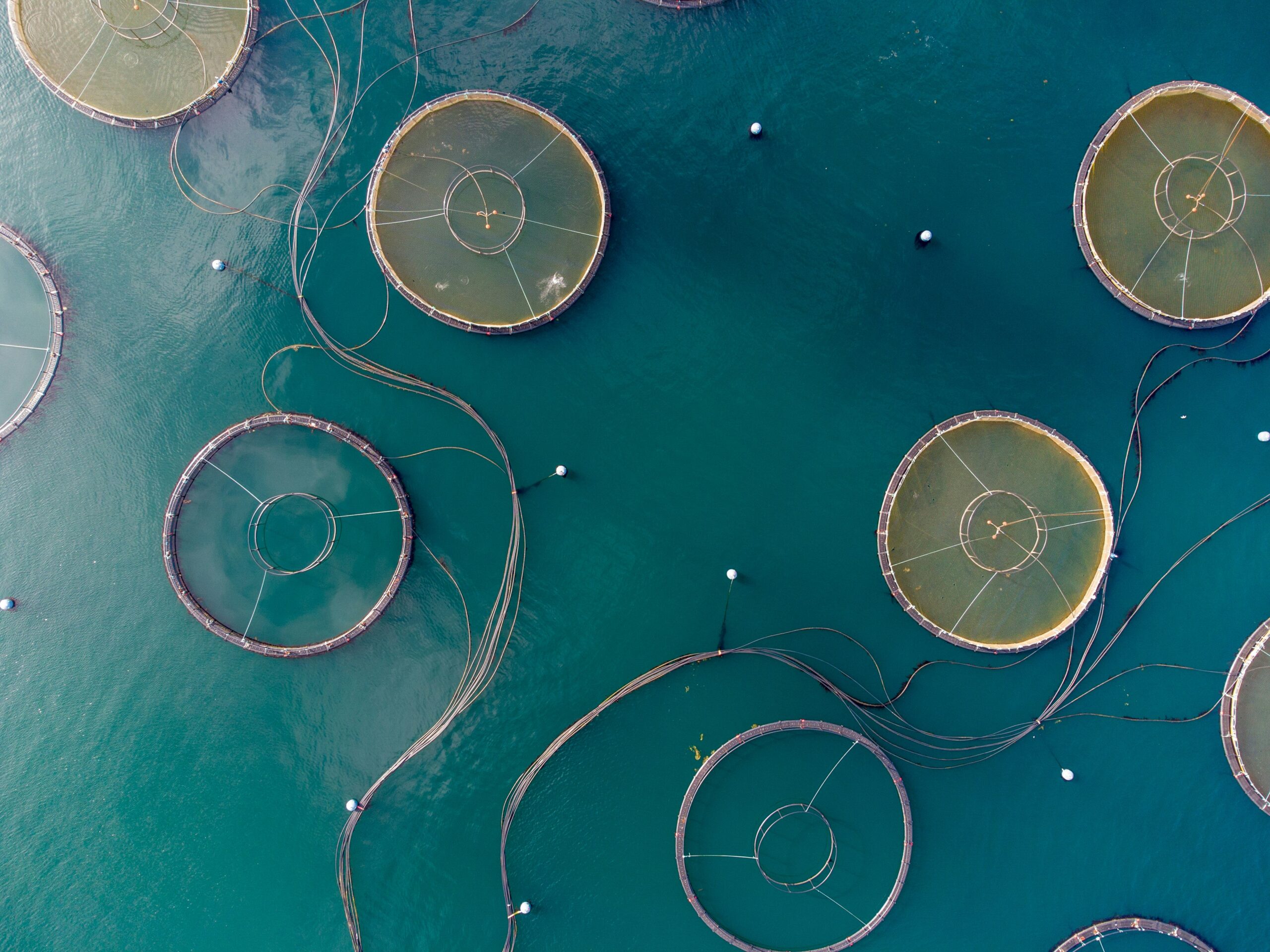Photo by Bob Brewer
Scottish farmed salmon survival rates have fallen to their lowest level in 35 years, with government data revealing a survival rate of 68.7% for smolts put to sea in 2021, according to the Scottish Government’s Fish Farm Production Survey.
Historic low survival rates
For smolts introduced to marine sites in 2021, the survival rate to harvest decreased to 68.7%, compared to 76.6% in 2018. This represents an 8% decrease in survival rates over five years. Scottish government data based on monthly reports provided by the industry showed that 17.4 million salmon died prematurely in 2023 across the country’s 210 farms—more than a quadrupling of fish deaths compared to 3.7 million in 2018.
The sector’s difficulties in 2023 and 2022 have been blamed primarily on challenges caused or exacerbated by warmer-than-normal sea temperatures. Challenges have included micro-jellyfish and amoebic gill disease.
Industry reports improvements
However, the industry reports recent improvements. Salmon Scotland revealed that survival across all marine farms was 82.3% in 2024, representing an improvement of 10 percentage points, or 36%, compared to 2023, when survival was 72.3%.
Tavish Scott, chief executive of Salmon Scotland, stated that the improvement “is testament to the hard work of Scotland’s 2,500 salmon farmers” and has been made possible “due to significant investment by salmon farming businesses, with nearly £1 billion invested in fish health and welfare since 2018.”
More recent data showed that monthly survival of farmed salmon averaged 99.12% between January and June 2025, described as the best start to a year since data was first voluntarily published in 2018.
Production rebound
Despite the historic survival lows for the 2021 cohort, Scottish salmon production increased dramatically in 2024, with a 27% rise to 192,000 tonnes. Fish farmers have spent millions of pounds on measures to improve fish health and survival, including increasing capacity for freshwater treatments that alleviate gill disease and kill sea lice.
Scotland is the world’s third-largest producer of farmed Atlantic salmon, after Norway and Chile. The industry is seeking to significantly increase production, driven by growing export demand, with international sales reaching £844 million in 2024.
